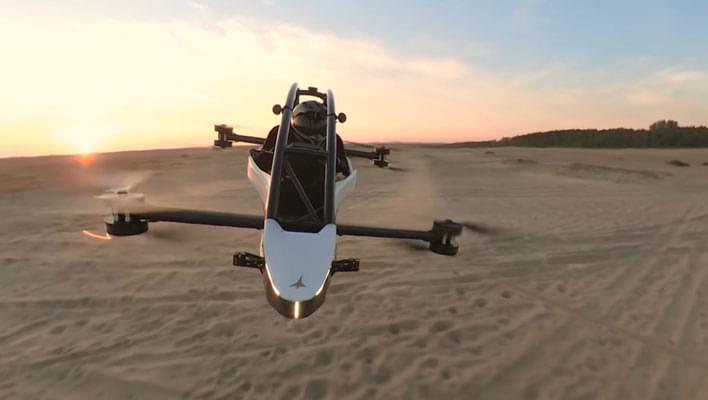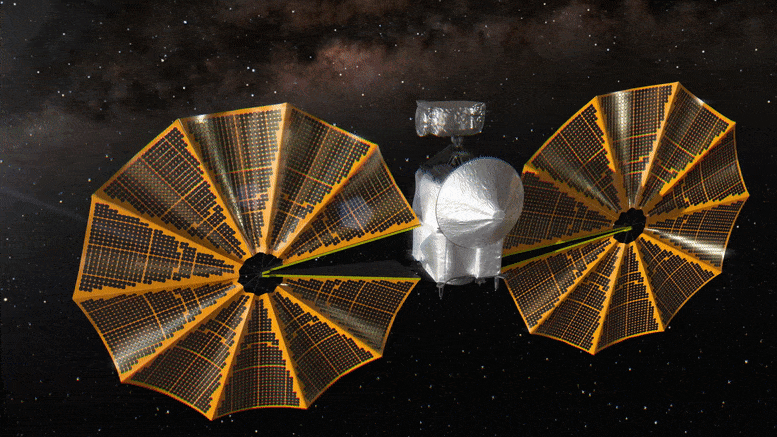Scientists have long known the fate of our solar system – and likely the fate of Earth itself. Our Sun will eventually become a red giant and swallow Earth.
Get the latest international news and world events from around the world.
Human Dementia Study: BioViva Analyzes the Data
I am pleased to share our most recent video on the “Dementia Safety Study” funded by Maximum Life Foundation and run by IHS, in which BioViva did the data analysis. This treatment shows promise for the millions of people who have dementia today. Though not a cure, it is a step in the right direction.
Can gene therapy delay or reverse Alzheimer’s and other dementias?
Want to learn more about BioViva? Visit: https://bioviva-science.com/
Interested in aging tests? https://bioviva-science.com/collections/products.
Facebook https://www.facebook.com/BiovivaScience.
Twitter https://twitter.com/BioVivaScience.
Instagram https://www.instagram.com/biovivascience.
LinkedIn https://www.linkedin.com/in/liz-parrish.
The Technologies That Could Finally Make Space Elevators a Reality
Like the Stanford Torus, the O’Neill Cylinder, and the Generation Ship, the Space Elevator is one of those ideas that keep popping up! Just when you think scientists and engineers have given up on it, there’s a new round of theoretical studies that assert how it could be done. You might say that the Space Elevator is an idea that’s too good to let go of.
Considering the benefits involved, this should come as no surprise. Granted, the cost in terms of money, resources, and time would be considerable, as are the engineering and logistical challenges involved. But for the one-time price of creating this megastructure, we would be able to realize space-based solar power, habitats in orbit, cities on the Moon and Mars, and more!
Full Story:
Thanks to recent advances in materials science, Space Elevators have become somewhat feasible at last.
Like the stanford torus, the o’neill cylinder.

“AI 2041” Co-Author Kai-Fu Lee Talks About AI’s Sweeping Future And How He Invests In It
AI is changing the way we live and the global balance of military power. Ex-Pentagon software chief Nicholas Chaillan said this month the U.S. has already lost out to China in military applications. Even 98-year-old Henry Kissinger weighs in on AI as co-author of a new book due next month, “The Age of AI: And Our Human Future.”
Kai-Fu Lee has been sizing up the implications for decades. The former Google executive turned venture capitalist looked at U.S.-China competition in his 2018 book, “AI Superpowers.” His new book, “AI 2041,” co-authored with science fiction writer Chen Qiufan, suggests how AI will bring sweeping changes to daily life in the next 20 years. I talked earlier this month to Lee, who currently oversees $2.7 billion of assets at Beijing-headquartered Sinovation Ventures. Sinovation has backed seven AI start-ups that have become “unicorns” worth more than $1 billion: AInnovation, 4Paradigm, Megvii, Momenta, WeRide, Horizon Robotics and Bitman. We discussed Lee’s new book, the investments he’s made based on his predictions in it, and where the U.S.-China AI rivalry now stands. Excerpts follow.
Full Story:

NATO releases first-ever strategy for Artificial Intelligence
The strategy outlines how AI can be applied to defence and security in a protected and ethical way. As such, it sets standards of responsible use of AI technologies, in accordance with international law and NATO’s values. It also addresses the threats posed by the use of AI by adversaries and how to establish trusted cooperation with the innovation community on AI.
Artificial Intelligence is one of the seven technological areas which NATO Allies have prioritized for their relevance to defence and security. These include quantum-enabled technologies, data and computing, autonomy, biotechnology and human enhancements, hypersonic technologies, and space. Of all these dual-use technologies, Artificial Intelligence is known to be the most pervasive, especially when combined with others like big data, autonomy, or biotechnology. To address this complex challenge, NATO Defence Ministers also approved NATO’s first policy on data exploitation.
Individual strategies will be developed for all priority areas, following the same ethical approach as that adopted for Artificial Intelligence.

When Artificial Intelligence Can Revive the Dead
The truth is these systems aren’t masters of language. They’re nothing more than mindless “stochastic parrots.” They don’t understand a thing about what they say and that makes them dangerous. They tend to “amplify biases and other issues in the training data” and regurgitate what they’ve read before, but that doesn’t stop people from ascribing intentionality to their outputs. GPT-3 should be recognized for what it is; a dumb — even if potent — language generator, and not as a machine so close to us in humanness as to call it “self-aware.”
On the other hand, we should ponder whether OpenAI’s intentions are honest and whether they have too much control over GPT-3. Should any company have the absolute authority over an AI that could be used for so much good — or so much evil? What happens if they decide to shift from their initial promises and put GPT-3 at the service of their shareholders?
Full Story:
Not even our imagination will manage to keep up with technology’s pace.
Martha called his name again, “Ash!” But he wasn’t listening, as always. His eyes fixed on the screen while he uploaded a smiley picture of a younger self. Martha joined him in the living room and pointed to his phone. “You keep vanishing. Down there.” Although annoying, Ash’s addiction didn’t prevent the young loving couple to live an otherwise happy life.
The sun was already out, hidden behind the soft morning clouds when Ash came down the stairs the next day. “Hey, get dressed! Van’s got to be back by two.” They had an appointment but Martha’s new job couldn’t wait. After a playfully reluctant goodbye, he left and she began to draw on her virtual easel.


NASA Issues Update on Lucy Spacecraft and Its Solar Array Problem
Lucy Spacecraft Healthy as NASA
Established in 1,958 the National Aeronautics and Space Administration (NASA) is an independent agency of the United States Federal Government that succeeded the National Advisory Committee for Aeronautics (NACA). It is responsible for the civilian space program, as well as aeronautics and aerospace research. It’s vision is “To discover and expand knowledge for the benefit of humanity.”

Study Find Links to Genetic Disorders in Walking Patterns
Summary: Researchers have linked Fragile X and SHANK3 deletion syndrome, two disorders associated with autism, to specific microscopic walking patterns.
Source: Rutgers.
Rutgers researchers have linked the genetic disorders Fragile X and SHANK3 deletion syndrome – both linked to autism and health problems – to walking patterns by examining the microscopic movements of those wearing motion-sensored sneakers.
Dune — Stillsuits — can our space technologies match?
Dune Stillsuits — technology review.
How Stillsuits compares to the life-support and recycling solutions on the ISS, and challenges we may face in other planets and moons. A new video I released to Sci and SciFi channel.
Stillsuits is an amazing technological marvel that allow humans to live on Arrakis, a desert planet, deprived of water. Stillsuites are featured in the bestselling book, Dune, which was adopted to a movie multiple times, including a new amazing release in October 2021.
Does NASA have any similar life-support and recycling technologies that can help humans live in the hostile environment of space and on other celestial bodies such as Mars and Titan?
#Dune# Stillsuit #booktube #authortube.